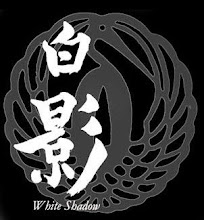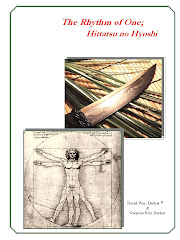Some incredible Bowies are being turning out today. The guidance and support of the American Bladesmith’s Society and the Knifemakers Guild have enabled many aspiring knifemakers to rise to a level of unprecedented excellence. Not surprisingly, many of these makers’ Bowie knives reflect a shared lineage. The up-side of this is a generation of well forged knives with very good proportions and refined aesthetics. The downside is a certain lack of individuality.
I am not sure how many of these knife-makers are also knife-users. How many of them work with or train with the knives they make? I would love to take a poll. But this blog focuses on a single part of the whole knifemaking/shaping process, the ricasso. If you are not a knife user then the ricasso is probably of minimal interest to you. Many see it as simply a place for the maker to stamp his name. The arched recess ground or forged into the lower part of some ricasso is referred to as a choil. The choil works like a finger groove extended past the guard and onto the blade.
There are situations in knife-work where it is very desirable to slip your forefinger around the guard and on to the ricasso. For example, if you are up against a martial artist who likes to employ kicks and you need an extra firm grip. Another reason for using the choked-up grip is if your hands are wet, the handle is slippery, or you are just afraid of dropping the knife. Large Bowies also tend to have a weight-forward balance that quickly tires your hand and may cause you to lose your grip. The choked up grip acts and feels like using a sub-hilt knife.

A fair majority of modern Bowies and fighters have ricasso less than 3/4 inch long. The maker’s name may fit but it does not provide enough space to fit your finger. If you look at the Bowie knives in the photo you will quickly see which ones can accommodate the choked-up grip and which ones cannot. Even with a choil, extending the razor sharp edge all the way to the ricasso makes using a choked-up grip risky. Very little cutting is performed at the extreme back edge of the blade and therefore it would be more useful if the last inch had the edge dubbed off. The problem is, if your knife has a too-small choil you cannot just Dremel™ it out bigger. That’s right we’re talking about grinding on that $600 fighting knife you just bought. While it only takes a couple minutes with a stone or diamond hone to dub off the sharp edge, what are you going to do about the lack of a ricasso? There is a limited solution. Lacking a ricasso, you can invert the knife, primary edge facing upward and place your pointer finger on the back edge of the blade wrapped around the guard. This does change the way the knife feels and sits in your hand but it is an option. In fact, this was a method commonly used by seasoned Bowie knife fighters in the olden days.
Experienced knifemakers like Mike Sturman, Steven Tedford, and Gary Bradburn know the value of a useable ricasso and/or a choil. Mike and Gary are military veterans and know something about handling a fighting knife. Matt Lamey obliged me by adding space for my finger when he forged a fighter for me. Anyway, it is something to think about before ordering your next custom fighter.
By the way, find a good instructor and really learn how to use that knife, then you’ll appreciate the essential ricasso.






No comments:
Post a Comment